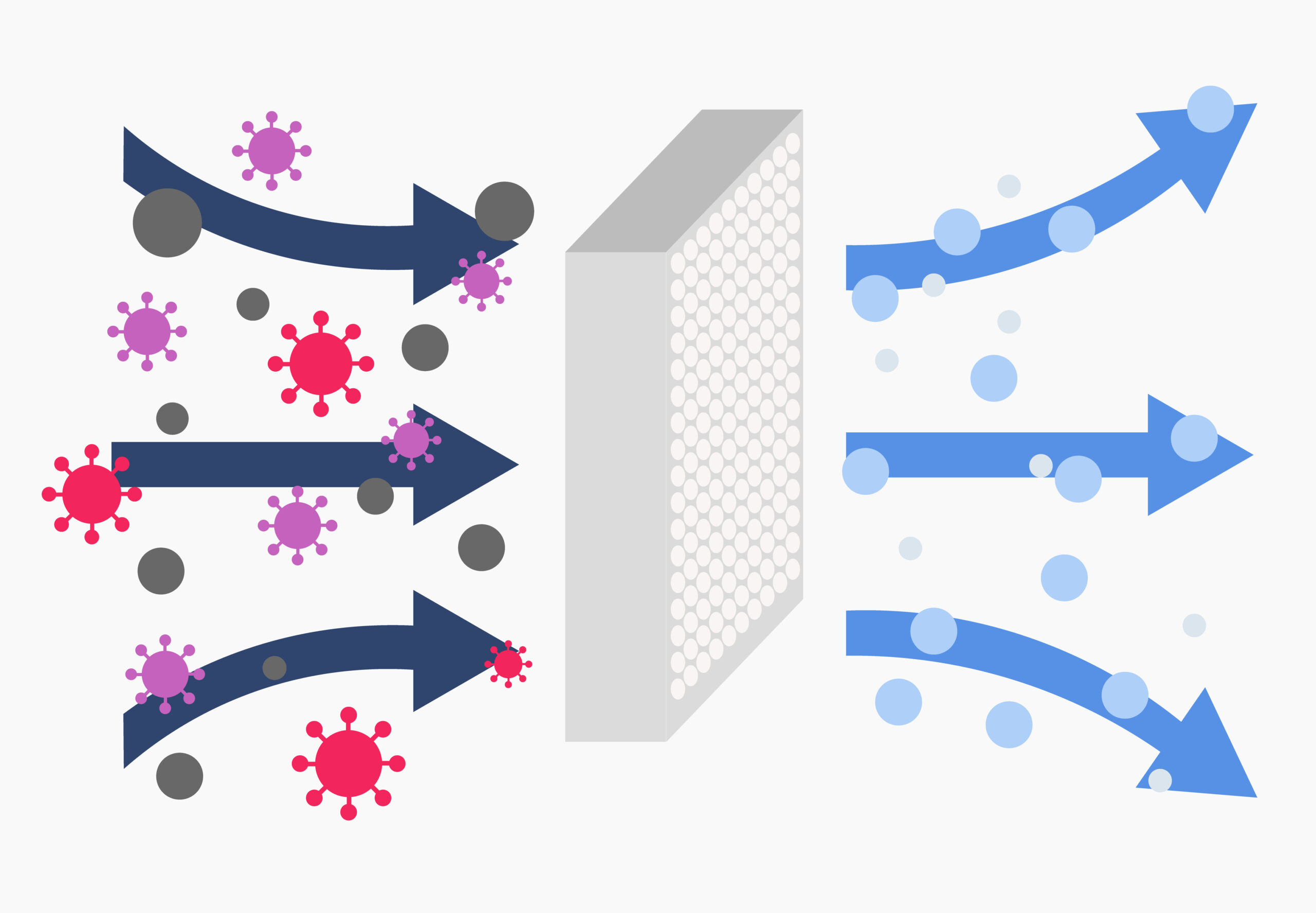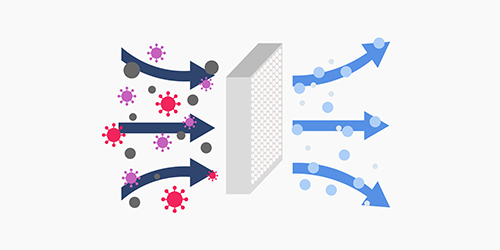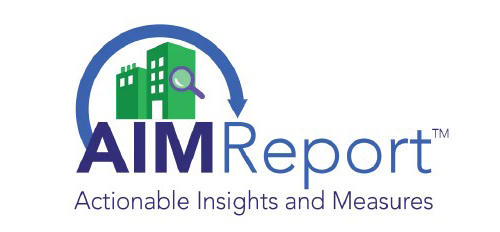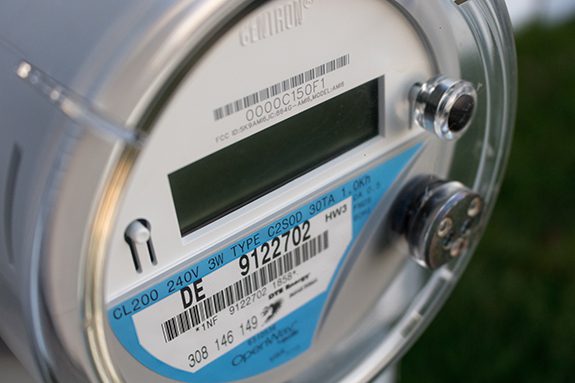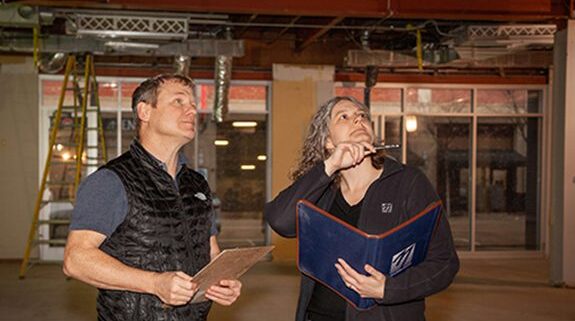Why the Standard Is a Game-Changer for Building Health and What It Means for Your Facilities
In the wake of the pandemic and rising concerns about airborne pathogens, indoor air quality (IAQ) has gone from a “nice-to-have” feature to a mission-critical component of building design and operations. Enter ASHRAE Standard 241: the first major overhaul of IAQ guidance in decades.
What Is ASHRAE Standard 241?
ASHRAE Standard 241, officially titled Control of Infectious Aerosols, is a new standard introduced by ASHRAE in response to the global demand for healthier indoor environments.
Unlike previous standards that focused on comfort and general air quality, Standard 241 is laser-focused on infection risk mitigation. It introduces a new metric, Equivalent Clean Airflow Rate (ECAi): a way to quantify how much “clean” air is being delivered to a space, whether through ventilation, filtration, or air-cleaning technologies.
Why It Matters
- It’s Performance-Based
ASHRAE Standard 241 doesn’t just tell you how to ventilate; it tells you how much clean air you need to reduce infection risk. That’s a big shift from prescriptive to performance-based design. This performance-based method creates an opportunity to balance ventilation, filtration, and air cleaning to provide a healthy space at the lowest operating cost instead of heating and cooling large amounts of ventilation air in the hope of meeting users’ needs. - It’s Technology-Agnostic
Whether you’re using HEPA filters, UV-C, bipolar ionization, or increased outdoor air, the standard lets you choose the method—as long as you hit the ECAi target. - It’s Already Influencing Codes
Jurisdictions and institutions (especially in healthcare and education) are already referencing Standard 241 in their RFPs and design guidelines.
What Building Owners and Operators Should Do Now
- Audit your current IAQ performance using sensors and building automation systems.
- Model your ECAi to assess proximity to ASHRAE Standard 241 compliance.
- Create a capital plan for ASHRAE Standard 241-related upgrades—especially in high-occupancy or high-risk spaces like classrooms, clinics, and offices. This capital plan should evaluate ventilation air, the costs of conditioning, and the role of filtration and air-cleaning technologies to create a solution that achieves Standard 241 compliance AND reduces operating costs.
Final Thought
ASHRAE Standard 241 isn’t just a technical document; it’s a paradigm shift. It reframes IAQ as a public health tool, not just a comfort metric. And for forward-thinking building owners, it’s a chance to lead.
Ready to improve the indoor air quality of your facilities and reduce operating costs? Contact our IAQ experts today to audit your building and develop a roadmap for ASHRAE Standard 241 compliance.
Source: Douglas Frey, PE, LEED AP, Vice President
Image: 1989STUDIO – stock.adobe.com
